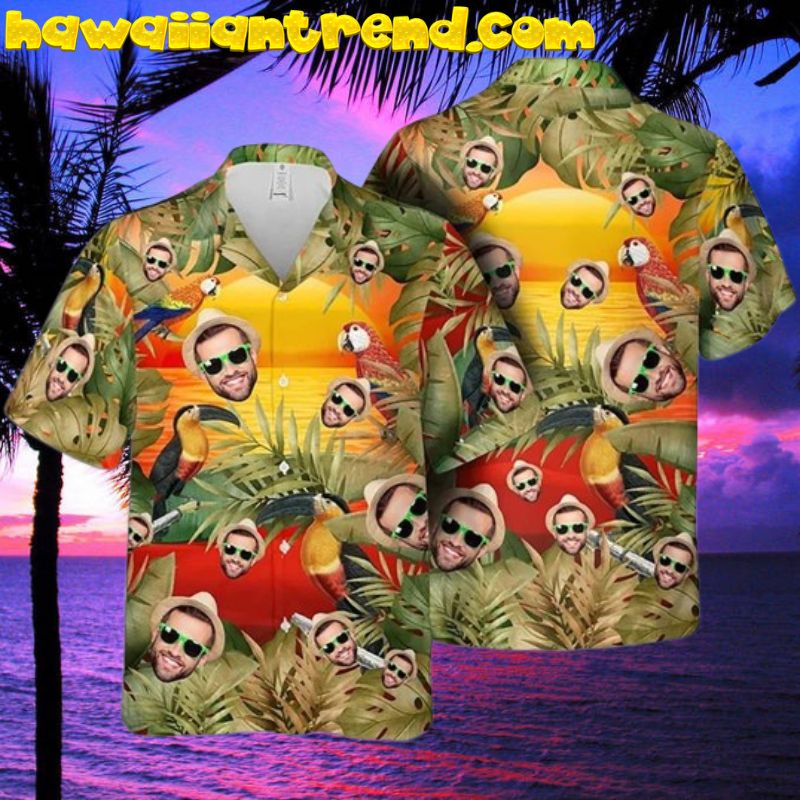Blog
What Are Hawaiian Shirts Called?
Whether you call them Hawaiian shirts or Aloha shirts, these colorful garments represent more than just casual beachwear—they embody a rich cultural heritage and a philosophy of living. From their multicultural origins to their distinctive design features, Aloha shirts tell the story of Hawaii’s diverse influences and laid-back lifestyle. By understanding their history, appreciating their craftsmanship, and wearing them respectfully, we can all embrace a little bit of the Aloha spirit in our lives. Next time someone asks, “What are Hawaiian shirts called?” you’ll have a deeper appreciation for the preferred term—Aloha shirts—and the cultural legacy they represent.
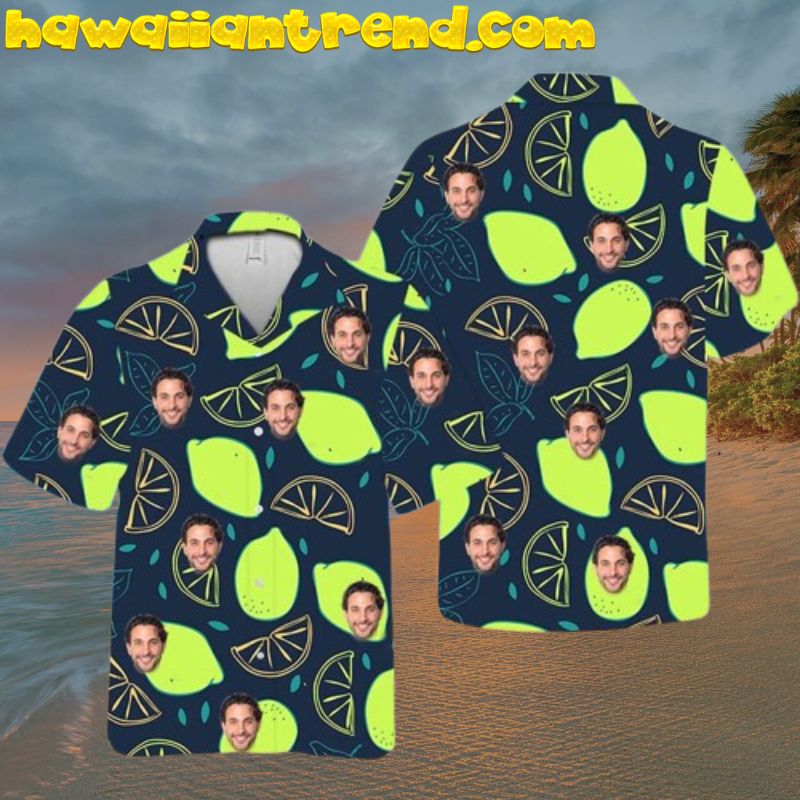
What Are Hawaiian Shirts Called?
When we think of vibrant, floral-patterned shirts that evoke tropical vacations and laid-back vibes, we’re often referring to what many simply call “Hawaiian shirts.” However, these iconic garments actually go by several names, with the most authentic and culturally significant being “Aloha shirts.” The terms “Hawaiian shirt” and “Aloha shirt” are often used interchangeably, though locals in Hawaii overwhelmingly prefer the latter term, which bears deeper cultural meaning. The word “Aloha” itself carries profound significance in Hawaiian culture, representing love, peace, and compassion—values that are woven into the very fabric of these colorful garments. These shirts have transcended their Pacific island origins to become recognized worldwide as symbols of relaxation and tropical style, while still maintaining strong ties to Hawaiian cultural identity.
Read more: Answers The Question: Are Hawaiian Shirts Out of Style?
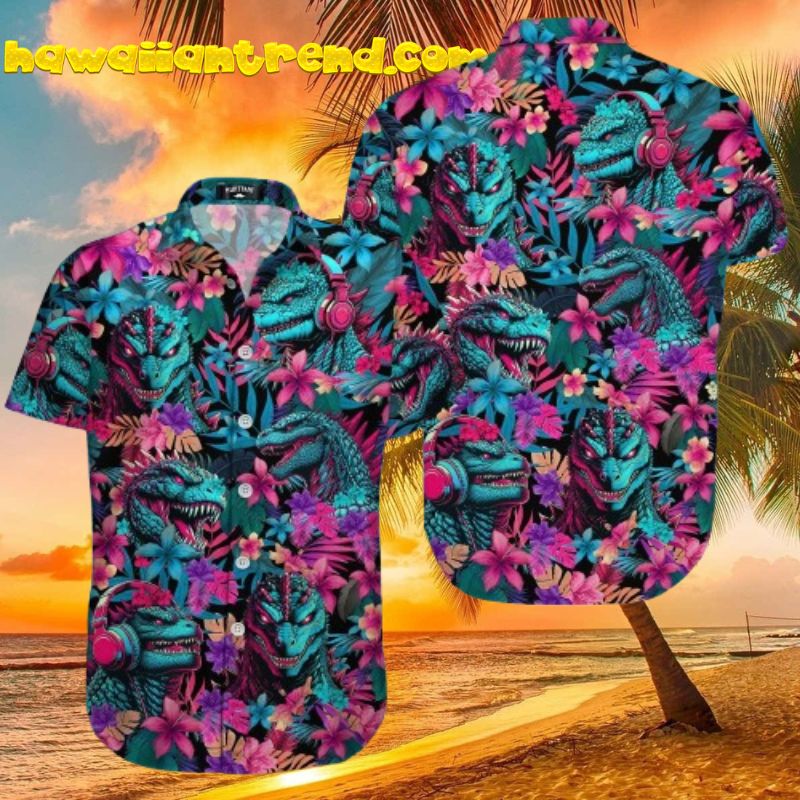
Distinctive Features of Hawaiian Shirts
What sets Aloha shirts apart from other casual button-ups are several distinctive characteristics that make them immediately recognizable:
Design Elements
- Collar: Features a camp collar (also called a Cuban or revere collar) that lies flat and open at the neck
- Fit: Traditionally loose and comfortable, allowing for airflow in tropical climates
- Buttons: Often made from natural materials like coconut, wood, or mother-of-pearl
- Pocket: Usually a single chest pocket that perfectly matches the pattern (a sign of quality craftsmanship)
- Hem: Straight cut across the bottom, designed to be worn untucked
- Fabric: Lightweight materials like cotton, rayon, or silk that breathe well in humid conditions
- Prints: Bold, colorful patterns featuring tropical motifs including flowers, palm trees, ocean scenes, and local wildlife
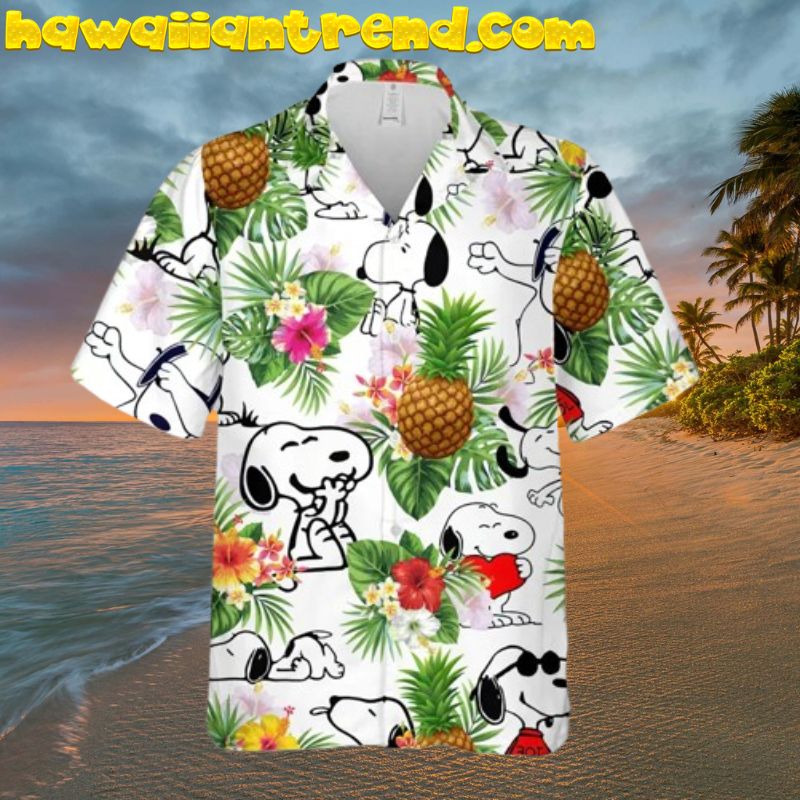
Origin of Hawaiian Shirts
The Aloha shirt’s history is as rich and diverse as Hawaii itself, dating back to the 1920s and 1930s. The garment emerged from a fascinating cultural intersection of influences, primarily from Asian immigrants who came to work on Hawaii’s sugar and pineapple plantations.
Japanese immigrants brought with them the concept of the “kariyushi” shirt—a colorful, printed garment worn in Okinawa. Chinese immigrants contributed their expertise in textiles and introduced silk fabrics with vibrant patterns. Filipino settlers added influence through their traditional “barong tagalog”—an untucked, embroidered formal shirt. These elements combined with Western shirt styling and native Hawaiian design motifs to create something entirely new.
The pivotal moment in Aloha shirt history came in 1936 when Chinese-Hawaiian businessman Ellery Chun trademarked the term “Aloha Shirt” and began selling them from his family’s dry goods store in Honolulu. Chun’s marketing genius helped transform what had been primarily worn by locals into a sought-after souvenir for tourists and eventually a global fashion statement. During World War II, American servicemen stationed in Hawaii brought these shirts back to the mainland, further spreading their popularity and cementing their place in fashion history.
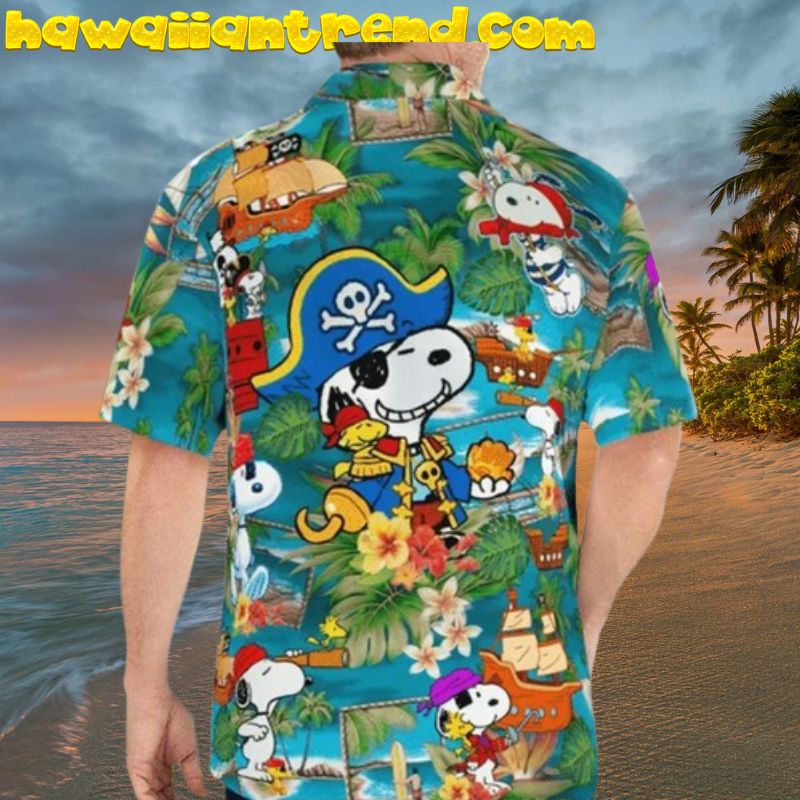
How to Design a Hawaiian Shirt
Hawaiiantrend shares tips on how to design your own Hawaiian shirt to create a unique personal style:
Choosing Fabric and Prints
- Traditional fabrics: Cotton, rayon, and silk remain the most authentic choices, with rayon often preferred for its ability to showcase vibrant colors and maintain a gentle drape
- Modern alternatives: Performance blends incorporating sustainable materials like bamboo or recycled polyester offer contemporary options
- Print selection: Authentic designs typically feature Hawaiian flora (hibiscus, plumeria, bird of paradise), fauna (tropical fish, sea turtles), or cultural symbols (outrigger canoes, tiki figures)
- Color palettes: While bold colors are common, traditional shirts often incorporate earth tones and more subtle hues that reflect the natural landscape
Custom hawaiian shirts
Creating a personalized Aloha shirt can involve selecting patterns that hold personal meaning, such as featuring plants or animals from a specific Hawaiian island you’ve visited. Many custom shirt makers offer “reverse prints”—designs printed on the inside of the fabric for a more subtle appearance—which have become increasingly popular for business settings. Experimenting with color combinations that complement your skin tone while still honoring traditional motifs offers another avenue for personalization.
Read more: 10 How To Style A Hawaiian Shirt 2025
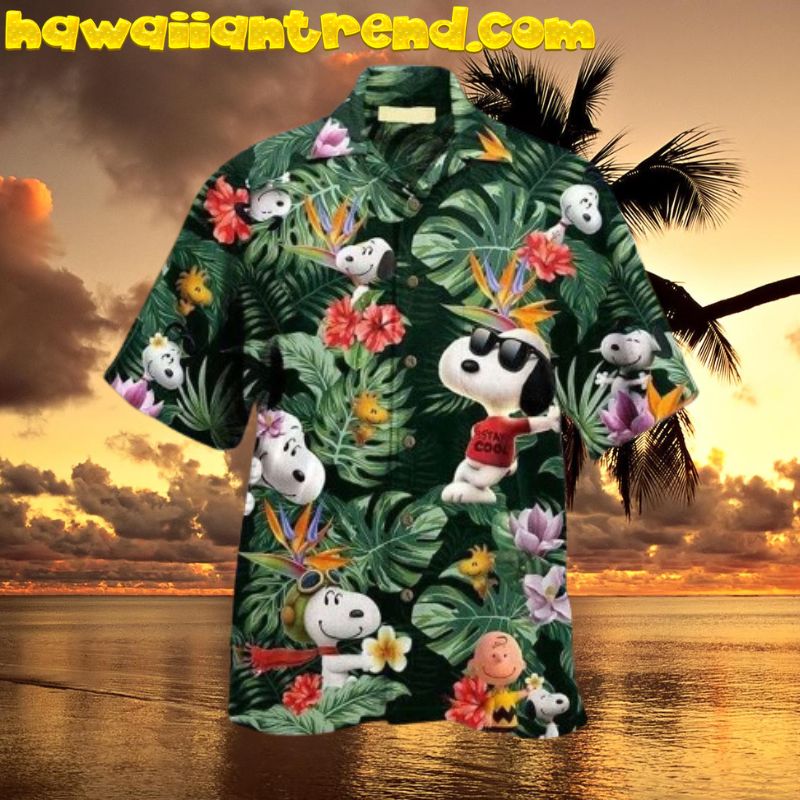
Is it Okay to Wear a Hawaiian Shirt?
Wearing an Aloha shirt can be both appropriate and respectful when approached with cultural awareness. These shirts are not costumes but meaningful garments with cultural significance. In Hawaii, Aloha shirts are acceptable—even expected—attire for many professional and formal settings, demonstrating how deeply they’re integrated into local culture.
When wearing an Aloha shirt outside Hawaii, approach it as appreciative recognition of Hawaiian culture rather than appropriation. Choosing authentic shirts from Hawaiian makers supports the local economy and ensures proper respect for the tradition. Many Hawaiians appreciate seeing their cultural garments enjoyed worldwide, provided it’s done with respect and acknowledgment of their origins. The “Aloha Friday” tradition—wearing these shirts to mark the transition to weekend relaxation—has spread globally as “casual Friday,” showing how cultural sharing can be positive when done respectfully.

FAQs on Hawaiian Shirts
Are Hawaiian shirts and Aloha shirts the same thing?
Yes, they refer to the same garment, though “Aloha shirt” is the preferred term in Hawaii and acknowledges their cultural significance.
When was the Hawaiian shirt invented?
The commercial Aloha shirt emerged in the 1930s, with Ellery Chun trademarking the term “Aloha Shirt” in 1936.
What materials are Hawaiian shirts made from?
Traditionally cotton, rayon, or silk, though modern versions may incorporate synthetic blends or sustainable materials.
Can Hawaiian shirts be worn formally?
In Hawaii, high-quality Aloha shirts are acceptable business and even formal attire, especially for “Aloha Friday” or special events.
What patterns are typical on Hawaiian shirts?
Traditional patterns include tropical flowers, palm trees, ocean scenes, and cultural motifs like outrigger canoes or tiki figures.

